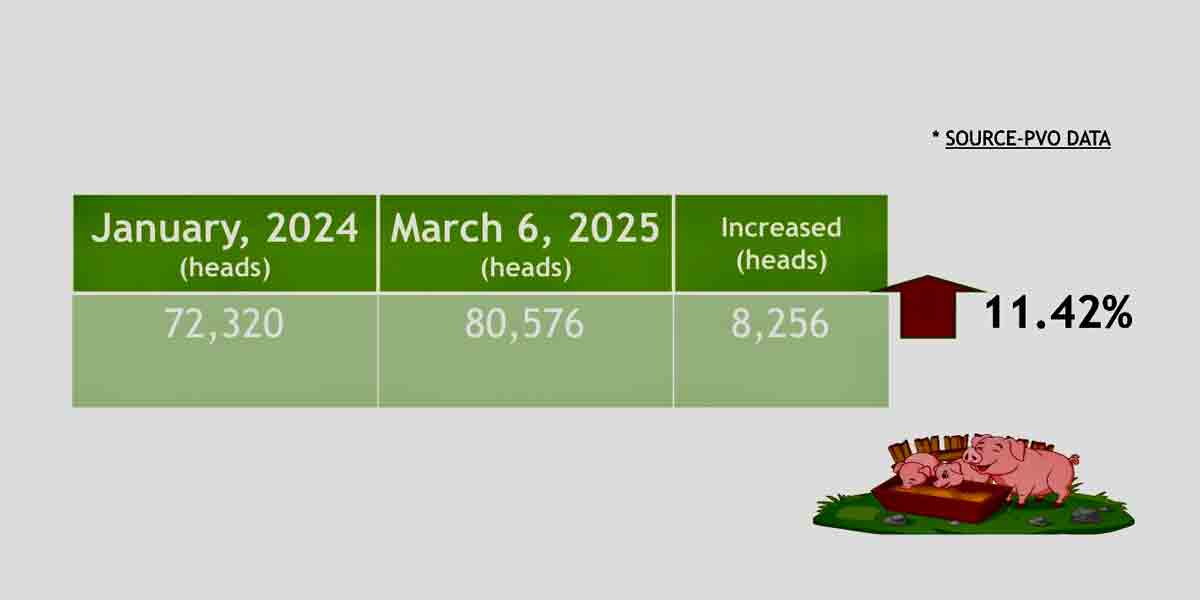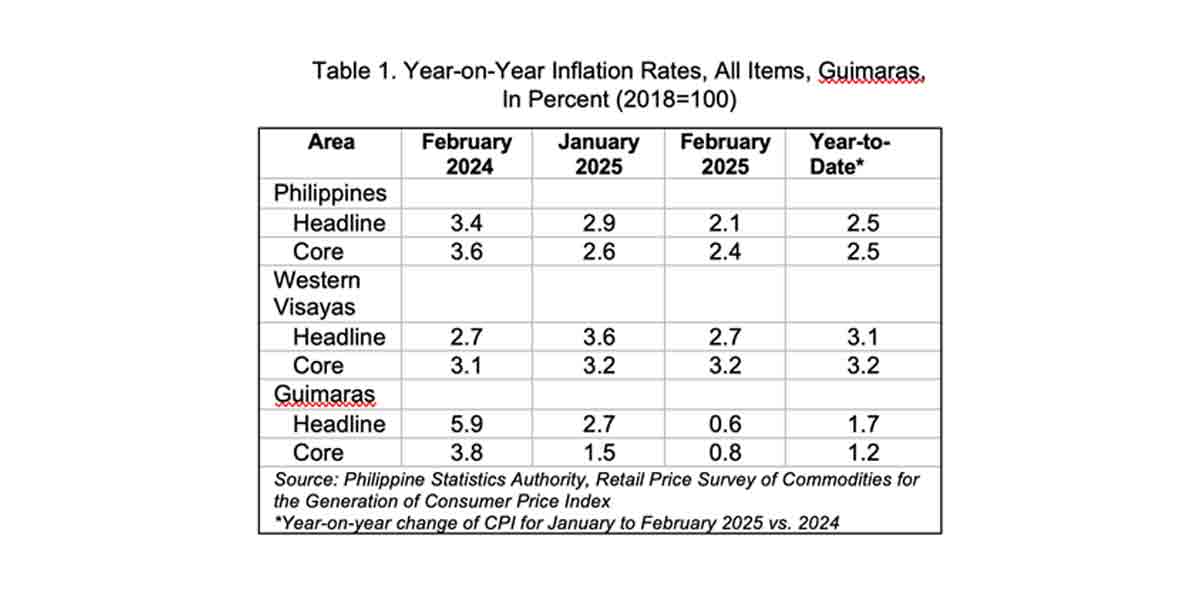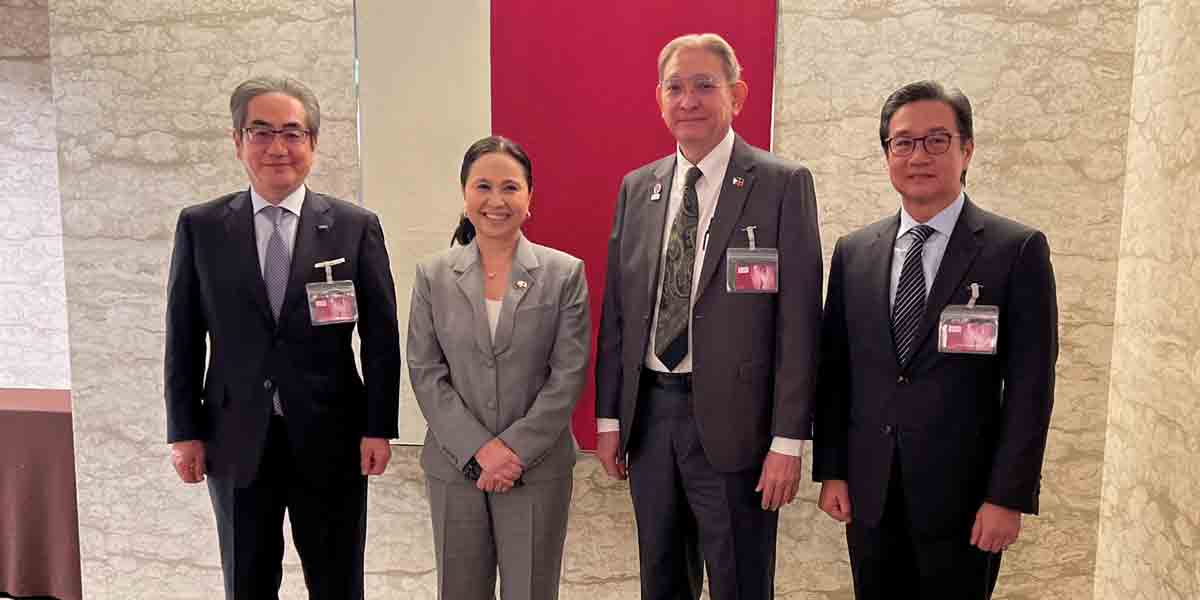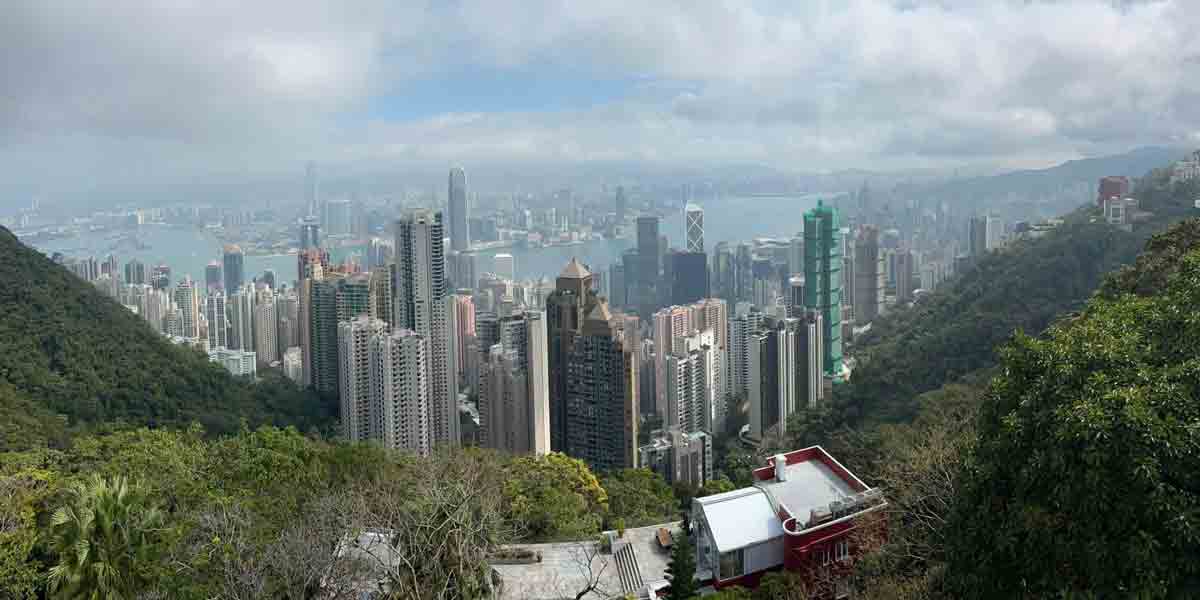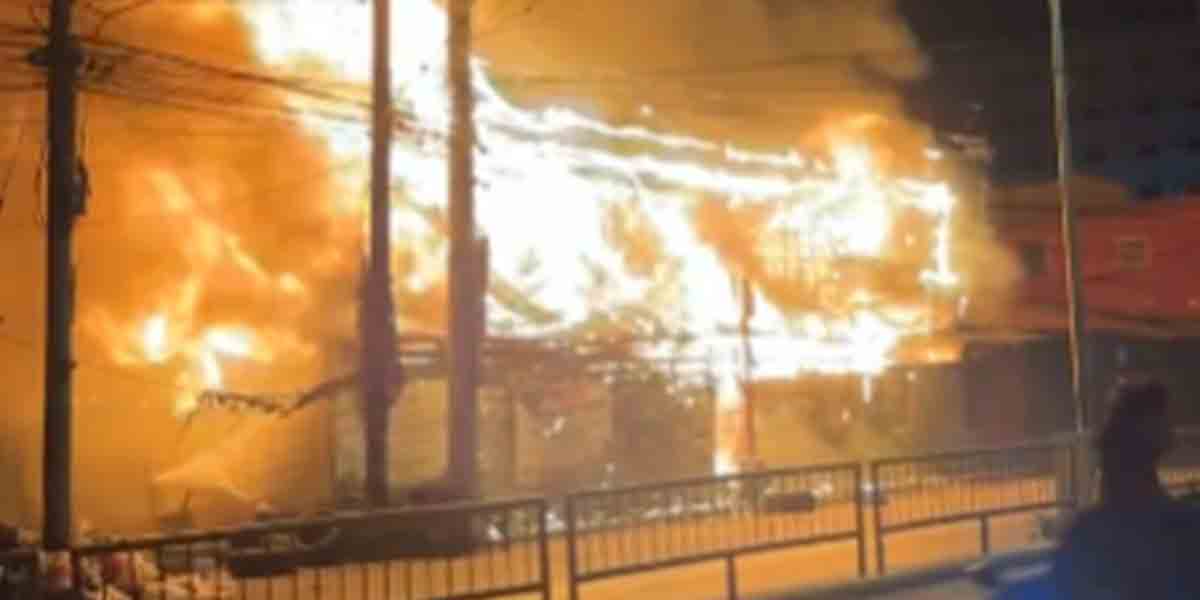 TODAY, the focus of Catholics in Western Visayas is in the Cathedral of the Archdiocese of Jaro, Iloilo, which is the National Shrine of Our Lady of Candles. The feast day is popularly known as the Candelaria, the Spanish term for Candlemas. This name is given in honor of the church festival commemorating the presentation of Christ in the temple and the purification of the Virgin Mary. The purification that takes place 40 days after the birth of the child is the Jewish ritual for mothers who had just given birth.
TODAY, the focus of Catholics in Western Visayas is in the Cathedral of the Archdiocese of Jaro, Iloilo, which is the National Shrine of Our Lady of Candles. The feast day is popularly known as the Candelaria, the Spanish term for Candlemas. This name is given in honor of the church festival commemorating the presentation of Christ in the temple and the purification of the Virgin Mary. The purification that takes place 40 days after the birth of the child is the Jewish ritual for mothers who had just given birth.
In the Diocese of Bacolod, there are two parishes that had adopted the Candelaria as their fiesta day Our Lady of Candles in Homesite and in San Enrique. The Archdiocese of Jaro oversees the whole of Western Visayas, including Romblon and Occidental Negros as their Metropolitan. Consequently the Candelaria is patroness of the region.
The feast of the Candelaria was introduced here by the Spanish missionaries, but its origin goes back to the pagan Canary Island. As the Candelaria is the national patroness of the country, the Royal Basilica Marian Shrine of Our Lady of Candelaria is located in its city of Tenerife.
History recorded by Alonso de Espinosa in 1594 says that the first icon of the Virgin was found by two pagan goatherds in 1392 before the island was conquered by Spain in 1496. It was a dark colored lady holding a child on one hand and a green candle on the other, thus the name candelaria. One of the shepherds tried to destroy it by throwing a stone but his arm became paralyzed. The other tried to stab it but the knife struck him instead.
The natives took the statue to a cave in Chinguaro where it was kept but the natives did not know what it was. It was recorded that a slave, named Anton, who was converted to Catholicism and returned to his homeland in Tenerife, recognized the statue as that of the Virgin Mary.
He told his people about his conversion and the statue. That led to the conversion of the natives who took it out of the cave and transferred it to the Cave of St. Blas and here the veneration began. The statue was stolen and brought to another village of Lanzarote where the pagans worshipped it as one of their gods but then plague and other calamities broke out there. The statue was returned and the authorities declared it to be that of the Blessed Mother.
After the return of the icon and its clear identification and relation to the Biblical event of the Presentation of Jesus and Mary at the temple, the island conqueror, Alonso Fernandez de Lugo, celebrated the Feast of Purification, on February 2, 1497. The traditional Candelaria festival began.
Before the conquest of Tenerife, the aborigines celebrated a festivity around the image of the Virgin during the month of August. This was the harvest party, which marked the beginning of the year. Since 1497, however, the feast of the Virgin of Candelaria in Canary Islands was celebrated. In addition to February 2, they also celebrated on August 15, the feast of the Assumption of the Virgin Mary.
The history of the Candelaria records that the original statue was a medieval gothic sculpture with dark color and clothing similar to that of the Virgin of Lluch (patron saint of Malloraca) and the Virgin of Monserrat (patron saint of Catalonia), all in Spain. Understandably, the missionaries also introduced the Dia de Candelaria here.
The Virgin of Candelaria is widely petitioned to pray for protection against epidemics, plagues, droughts and volcanic eruptions similarly to the invocation of St. Januarius of Naples for the end of the eruptions of Mt. Vesuvius and of St. Agatha of Catania against eruptions of Mount Etna in Sicily.
The Candelaria image in the Jaro Cathedral is said to be 400 years old. Through these years, the image of the Mother and Child is said to have grown in size and could no longer fit its original location and casing, so it was transferred to its present location with a new glass case.
As remembrance of their participation in the Candelaria, devotees bring home a blessed candle to light during prayer.
May the Blessed Mother protect us from the epidemic of modernism and the plague of terrorism!*





